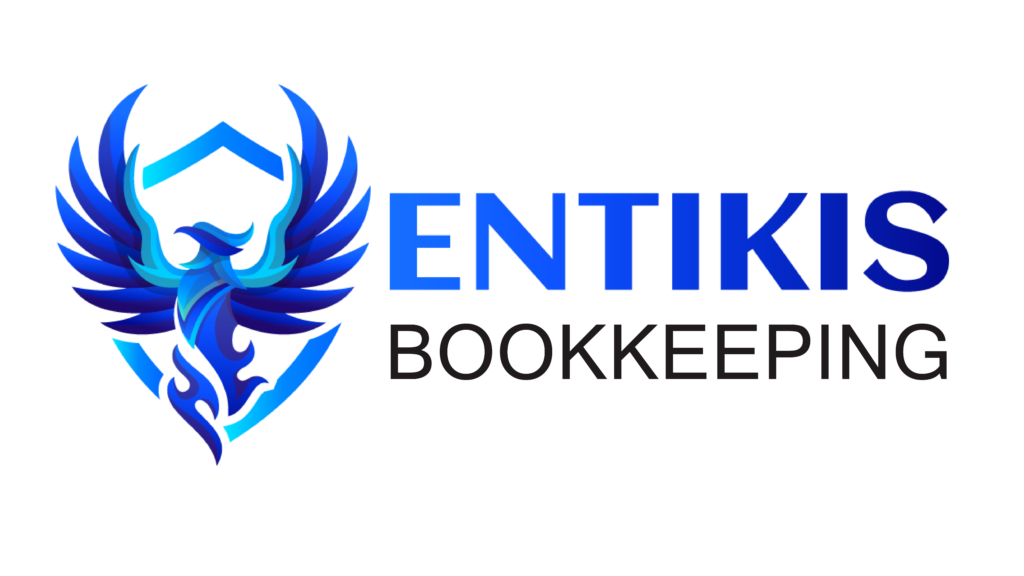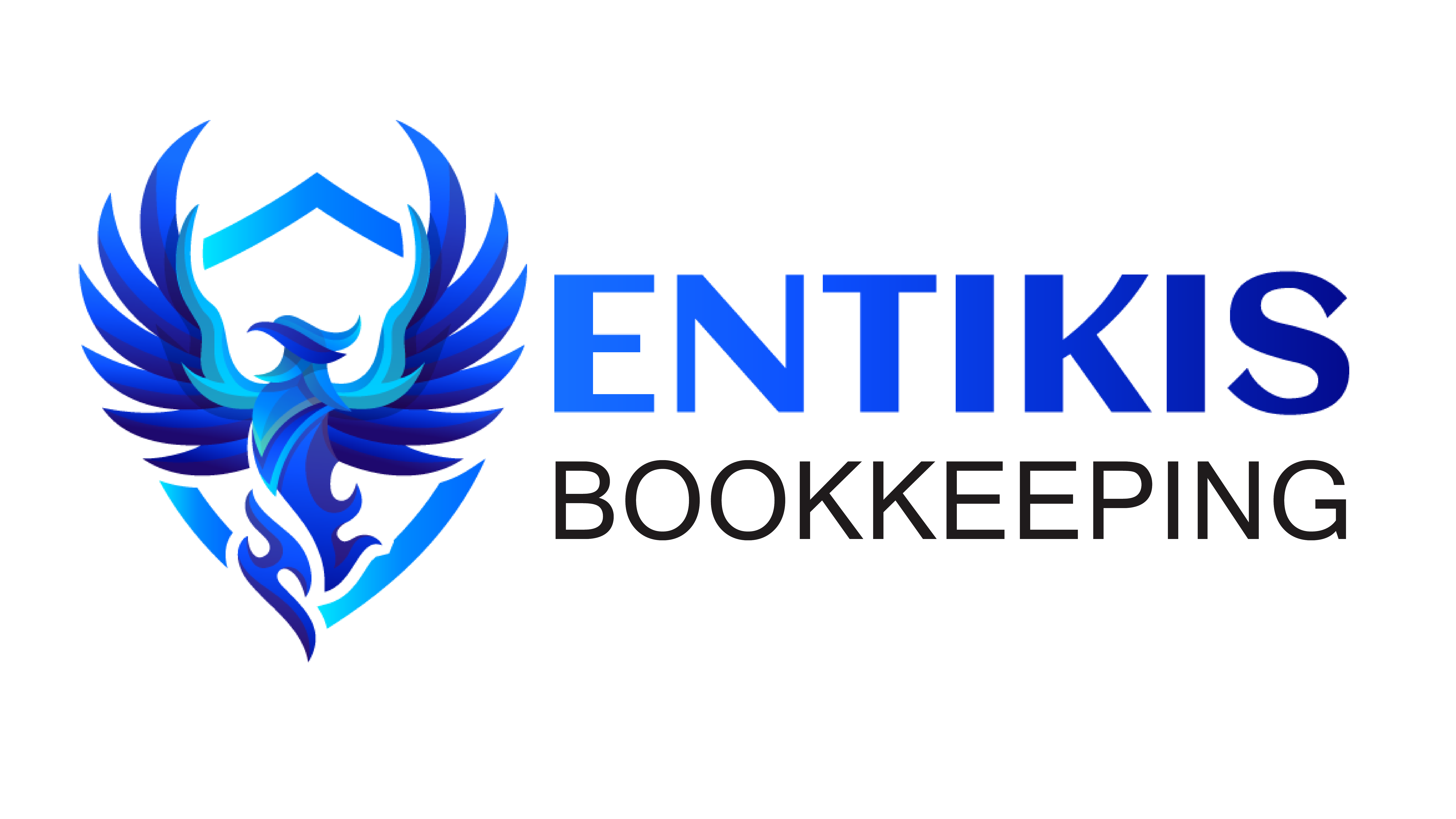Exploring Inventory Costing Methods: Enhancing Efficiency at Entikis Bookkeeping
In the realm of accounting and financial management, inventory costing methods play a pivotal role in determining the value of goods held by a company. At Entikis Bookkeeping, understanding and implementing effective inventory costing methods are paramount to ensuring accurate financial reporting and informed decision-making. Let’s delve into the significance of inventory costing methods, exploring various approaches and their implications for Entikis Bookkeeping.
The Importance of Inventory Costing Methods
Inventory represents a significant portion of assets for many businesses, making it crucial to accurately determine its value. Inventory costing methods help in assigning costs to inventory items, thereby impacting financial statements and tax obligations. For Entikis Bookkeeping, adopting appropriate inventory costing methods ensures transparency, compliance, and informed financial analysis.
Types of Inventory Costing Methods
-
- First-In, First-Out (FIFO): FIFO assumes that the first units purchased or manufactured are the first to be sold. Under this method, ending inventory and cost of goods sold reflect the latest purchase costs. FIFO tends to mirror the actual flow of goods and is suitable for industries with perishable or technologically advancing inventory, such as electronics. Entikis Bookkeeping may recommend FIFO for clients seeking to match current costs with revenues, especially in inflationary environments.
- Last-In, First-Out (LIFO): Contrary to FIFO, LIFO assumes that the most recently acquired goods are the first to be sold. Consequently, the cost of goods sold reflects the latest purchase costs, while ending inventory values older, lower-cost items. LIFO may be beneficial during periods of inflation, as it can lower taxable income by matching high current costs with revenues. However, LIFO may not accurately represent the physical flow of inventory and is not compliant with International Financial Reporting Standards (IFRS). Entikis Bookkeeping may advise clients in specific industries or regions where LIFO is permitted and advantageous.
- Weighted Average Cost: The weighted average cost method computes the average cost of all inventory items available for sale during the accounting period. It is calculated by dividing the total cost of goods available for sale by the total number of units available for sale. This method smoothens out cost fluctuations and may be suitable for industries with homogeneous inventory items. Entikis Bookkeeping might recommend weighted average cost for clients seeking simplicity and stability in cost calculations.
- Specific Identification: Specific identification assigns actual costs to specific units of inventory. It is often used for high-value or unique items where individual identification is practical. While this method provides precise matching of costs with revenues, it may not be feasible for businesses with large volumes of homogeneous inventory. Entikis Bookkeeping could suggest specific identification for clients dealing with high-value goods or customized products, ensuring accurate valuation and cost allocation.
Factors Influencing Inventory Costing Method Selection
Entikis Bookkeeping considers several factors when recommending inventory costing methods to clients:
-
-
- Industry Type: Different industries have varying inventory characteristics and cost dynamics, influencing the suitability of inventory costing methods.
- Regulatory Requirements: Compliance with accounting standards and tax regulations guides the selection of inventory costing methods, ensuring accurate financial reporting and tax filings.
- Cost Flow Assumptions: Understanding cost flow patterns and their impact on financial statements helps in aligning inventory costing methods with business operations.
- Market Conditions: Economic factors such as inflation, deflation, and supply chain disruptions influence the choice of inventory costing methods, optimizing financial outcomes for clients.
-
Advantages and Disadvantages of Inventory Costing Methods
Each inventory costing method offers unique advantages and disadvantages:
-
-
-
- FIFO provides a better reflection of current costs but may result in higher taxable income during inflationary periods.
- LIFO offers tax advantages during inflation but may distort financial statements and inventory valuation.
- Weighted average cost provides stability but may not reflect current market conditions accurately.
- Specific identification offers precision but may be impractical for large inventories or homogeneous goods.
-
-
In conclusion, selecting the appropriate inventory costing method is essential for Entikis Bookkeeping to ensure accurate financial reporting, compliance, and informed decision-making for clients. By understanding the intricacies of each method and considering industry-specific dynamics, Entikis Bookkeeping can optimize inventory management and financial outcomes, driving sustainable growth and profitability for its clients.




